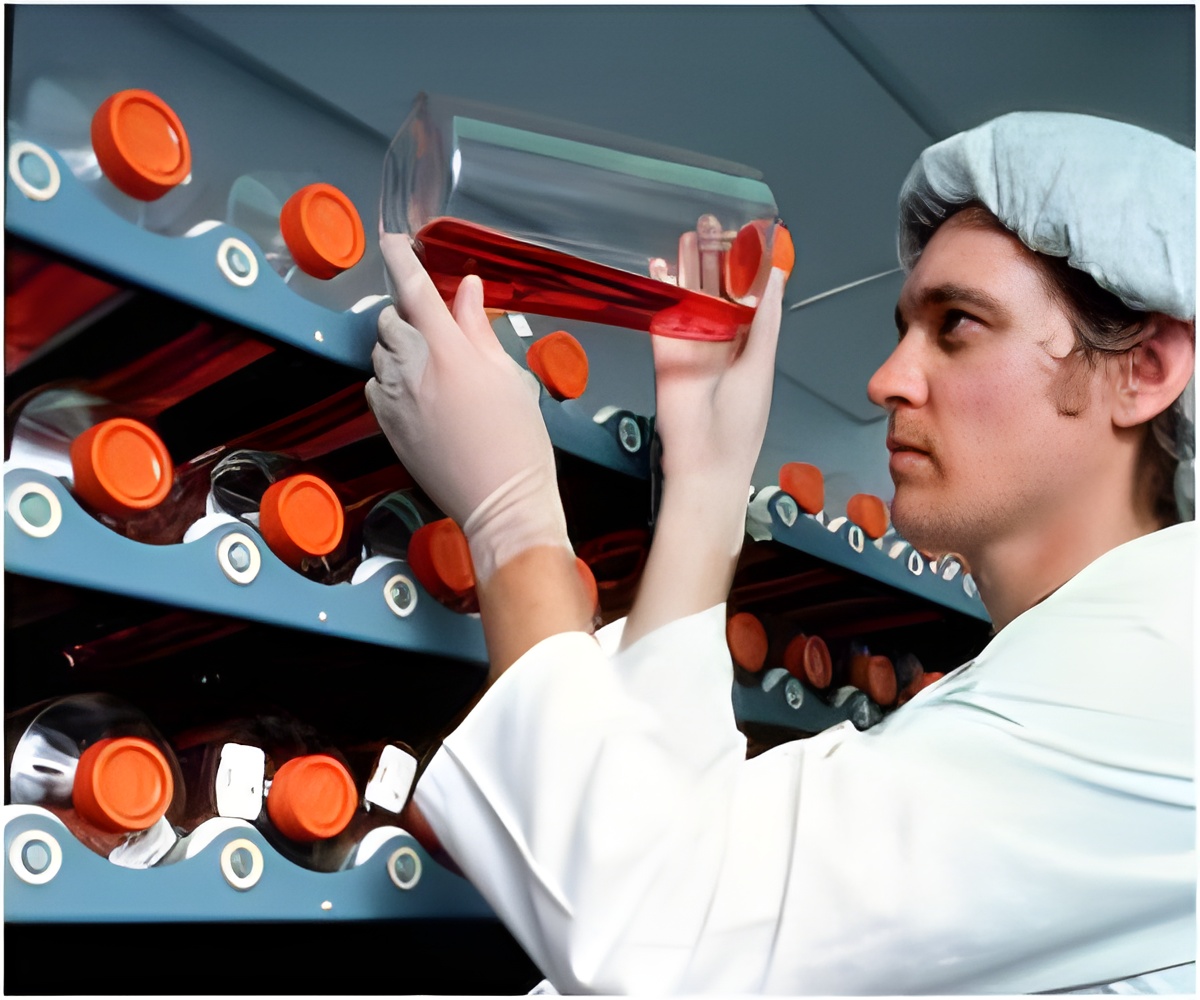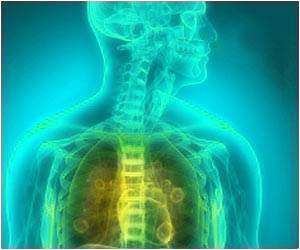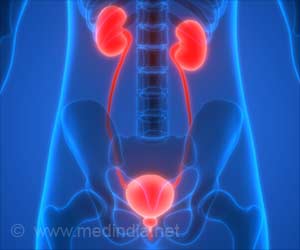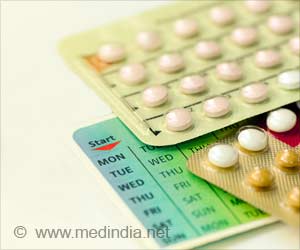It is now possible to study the spatial distribution of molecules in the tissue graphically and with great precision, which is an enormous advantage,

‘It is now possible to study the spatial distribution of molecules in the tissue graphically and with great precision, which is an enormous advantage, both in research and in clinical diagnostic practice.’





Fixed tissues accessible on a large scale The researchers developed a protocol which makes it possible - within one day - to determine the metabolite composition of tissues using a mass spectrometry imaging approach, and to make it visible in tissue sections. Relatively small amounts of material are required for this, according to the authors. "Our method permits the analysis of minute biopsies and even tissue micro-arrays, making it particularly interesting for molecular research and diagnostics," explains doctoral candidate Achim Buck, together with Alice Ly, the first author of the study.
In order to ensure that the measured data was not falsified by the fixation process, the authors compared it with the measured values for the same samples that were not fixed but were shock frozen. "A large proportion of the measured metabolites occurred in both analyses," reports Achim Buck. "We were able to show that the method works reliably and avoids the complex logistics and storage of shock-frozen samples."
In addition to simple handling and high reproducibility, the possibility to conduct high throughput work is a key advantage of the new method, according to the scientists. Above all, however, it is now possible to study the spatial distribution of molecules in the tissue graphically and with great precision. "That is an enormous advantage, both in research and in clinical diagnostic practice," research team leader Walch says, assessing the new possibilities. "Using our new analytical method, our aim is now to identify new predictive, diagnostic and prognostic markers in tissues, as well as to understand disease processes."
The scientists hope that publication of the protocol will also lead to an exchange with and further developments by colleagues with a view to advancing metabolic analyses of archived tissues.
Advertisement









